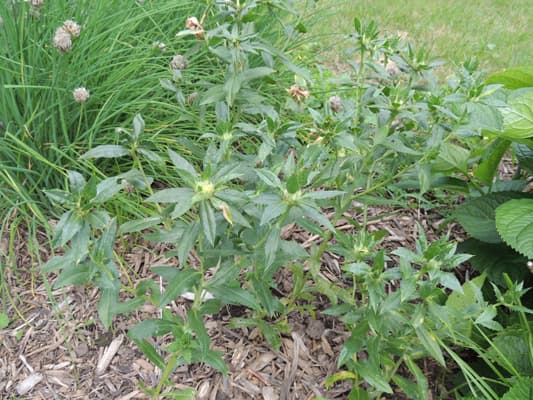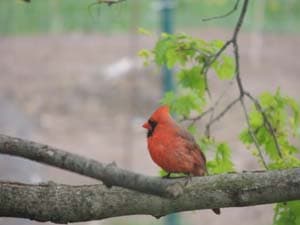How to Grow and Care for Safflower Plants

About Growing Safflower Plants in Your Home Flower Garden
The versatile annual Safflower plant and flowers are grown for a variety of reasons. Human consumption dates back over 4,000 years, to the ancient Egyptians. Annual Safflowers are native to Asia and are found growing in arid regions, where the summers are long, hot, and dry. It is drought tolerant.
Safflower is an edible plant. It is a culinary herb. Use the tender shoots in salads and raw dishes. The seeds have a slightly bitter taste. Eat them raw or roasted. The seeds are high in fats and oils. Safflower seeds are used for oils in cooking and are a relatively popular type of birdseed. It is also grown for its beautiful orange, red and yellow flowers. The flowers will bloom from mid-summer through fall. Dyes are extracted from its petals, and there are medicinal applications.
When you grow Safflower, a wide variety of birds eat the ripening seeds.
Flowers Bloom: Midsummer
Flower Colors: Shades of orange and yellow.
Plant height: 1 to 5 feet tall, depending upon variety.
Plant Hardiness Zones: 3 – 9
Other Names: American Saffron, Bastard Saffron, Benibana, Benibana Flower, Dyer’s Saffron, Fake Saffron, Safranon, Zaffer, Zafran.
Annual, Carthamus Tinctorius
Safflowers Attract Birds

Annual Safflowers attract birds. Some birds like the seeds, while others do not.
BTW: If you don’t want squirrels around your bird feeder, use safflower seeds. Squirrels do not like them.
Here is a list of birds that like safflower seeds:
Blue Jays
Grosbeaks
House and Purple Finches
Mourning Doves
Tufted titmice
White-breasted nuthatches
Annual Safflowers Plant Propagation
Safflower is grown from seeds. The seeds need to be planted deep, 1 to 1 1/2 inches. Keep the soil moist during germination. Also, allow the top of the soil to dry between watering. Seeds should sprout in 7 – 14 days. The ideal soil temperature for germination is 70 degrees.
In areas with a shorter growing season, start seeds indoors 4-6 weeks before the last frost in your area. The plant has a deep, extensive root system, so use individual pots.
Safflower is not common in seed catalogs. If you are also a bird watcher, you can grow some seeds from the safflower bird seed that you purchase.
Days to Germination: 7 – 14 days.
How to Grow Safflower Flower Plants
Safflower plants thrive in warm weather. And, they do not like cold weather. They need a warm, arid climate, and a long growing season. Safflowers do not do well in wet and humid conditions and can fall victim to plant disease. It needs 120 days between the first and the last frost.
Select a location to grow a safflower that is in full sun. This plant does well in average to good soils, which is well-draining. The soil should be deep, as the taproot can grow up to 10 feet deep, in search of moisture.
Sow or plant seeds after the last frost in your area.
Space plants about 12 inches apart.
Weed around plants when they are young.
After the germination period, Safflower plants grow well in dry soils. Water then only during extreme droughts.
Harvest seeds in the fall when the leaves begin to die back. Make sure seeds are completely dry, before storing them. Then, once the seeds are completely dry, store them in a cool, dry place, out of sunlight.
Ideal Soil pH: 5.0 – 8.0.
Also, see:
Plant Problems – Identify the causes and find the cures.
Insects and Plant Disease
In wet or rainy areas, Safflower plants are very susceptible to plant disease.
Many insects can be found eating parts of the plants. They include grasshoppers, aphids, wire worms, cutworms and sunflower moths. Use insecticides as needed.
There are mixed opinions among bird watchers, on whether squirrels eat the seeds. But, This author does not squirrels dining at feeders filled with safflower seeds.
Opossum and raccoons may also eat them.
Related Articles
Also, people who read this article will like:
Bird Seed Feeding Reference Chart
Please support our site. Shop for:
- rmmatthews100@hotmail.com
- 585-721-6528
- Rochester, NY
©1999-2024 GardenersNet.Com, All Rights Reserved

